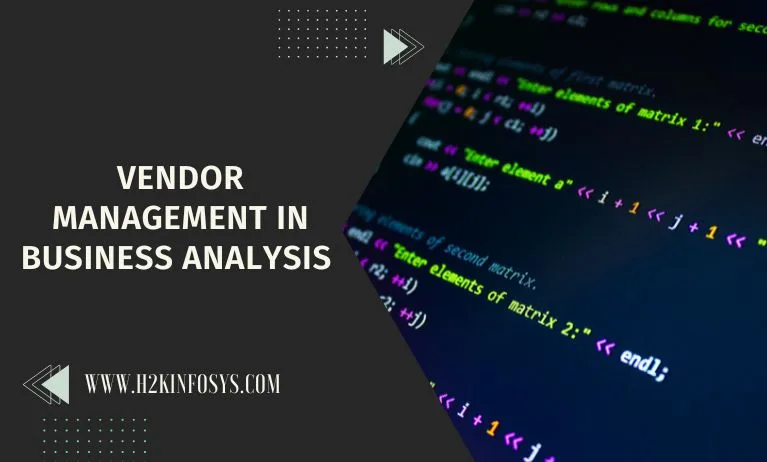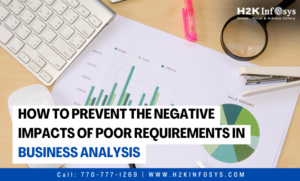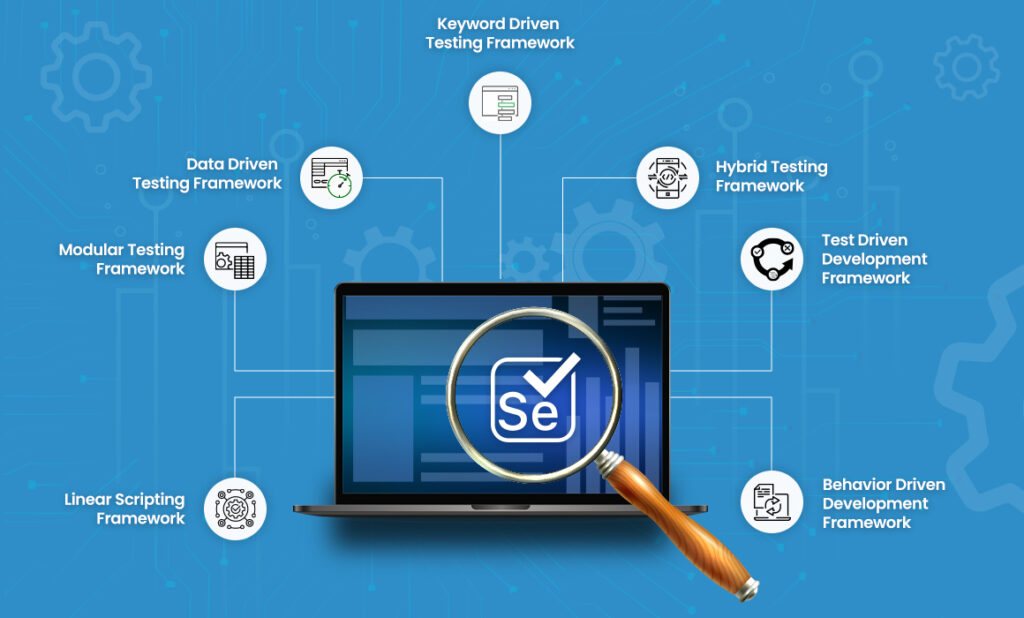The word “vendor management” refers to the procedures that businesses employ to manage their suppliers, also referred to as vendors. Selecting suppliers, negotiating contracts, controlling prices, lowering vendor-related risks, and assuring service delivery are all part of vendor management. Learn more about Vendor management by checking out the online business analyst course.
The Importance of Vendors Management
The capacity of an organisation to keep and grow its market share and competitive edge depends on its ability to manage its vendors. The objective of vendor management is to keep a regular flow of consistent, dependable, and stable vendors who meet or exceed the organisation’s service criteria.
Even though vendor management may not seem all that exciting, companies that excel at it have gone on to become some of the most prosperous enterprises in history. Unfortunately, they frequently experience long wait times for customer support, struggle to get goods or services quickly enough or have clients who merely don’t care about their goods or services.
The process of guaranteeing the success of each vendor relationship through efficient communication is known as vendor management.
How to Select the Right Vendors
Since choosing the correct suppliers includes picking businesses that will satisfy the needs of the consumer, doing so is essential for effective vendor management. You can choose from a variety of vendors in each of your target verticals, such as retail, manufacturing, and education, depending on the nature of your organisation. Many of these vendors can help you achieve your goals.
Finding the right vendor for your company can be challenging and time-consuming. Finding a vendor who meets both your needs and your budget is crucial.
- Carry out adequate research
- Always Be Inquisitive: Before hiring any provider, ask questions.
How to Negotiate a Contract
How to successfully negotiate a vendor management contract is shown in the steps below:
Finding the vendors you intend to use is the first step in obtaining a vendor management contract. The business’s vendor directory should always have a complete list of all available vendors. Visit the website, phone centre, or customer service department of your business community to learn more about the vendors who have contact information. The list of businesses that sell your goods and services can also be available on the SEMrush site. After deciding on someone you want to collaborate with, you can build a relationship by meeting in person or communicating online.
How to Control Costs and Reduce Risk
Having a solid understanding of your organisation and the services it offers clients can help you determine what approaches to vendor management are effective and which ones are not. How will you make sure that the dangers of working with a vendor who can’t produce on time, let alone within your budget, are minimised?
There are ways to set a fair and appropriate fee for the services provided by the vendor and still keep it affordable, even though there are no hard and fast laws on how much to pay for vendors.
Do you realise how many things may go wrong in a regular business? One survey found that 82% of small business owners said they encounter downtime of some kind at least once annually.
Benefits of Good Vendor Management
A vendor management system has a number of advantages, such as:
Contact management must be simplified for suppliers in order for them to manage their contacts and receive mail. The fact that many suppliers are unaware that many of their contacts may be paying clients and buyers is a regular problem when working with them. However, a business that effectively maintains its vendor contacts would have access to both client and vendor data, delivering a streamlined and organised customer experience.
Communication: Businesses can speak with their vendors directly thanks to the contact database they have set up.
Challenges with Vendor Management
Gaining a centralized picture of the vendors a firm uses can be challenging for businesses with a sizable supplier network and/or a complicated geographic footprint. Obtaining the appropriate documents from suppliers and conducting the necessary risk assessments are both difficult steps in the vendor management process. To prevent problems, it’s crucial to employ the right procedures and equipment.
To make sure vendor relationships offer the intended value with effective processes, businesses may utilise a vendor management strategy. A plan may cover topics including establishing specific, measurable goals, monitoring KPIs, and establishing and upholding strong relationships with vendors. Companies can categorise their suppliers to determine which ones are their key partners and invest in strengthening those relationships.
Conclusion
One of the key elements supporting the vendor management process is vendor management software. The one-stop shop for almost all facets of vendor management is VMS software.In addition, managing vendors effectively is essential for every business to succeed. A good BA training will allow you to learn more about Vendor management, especially if you own a business.





























